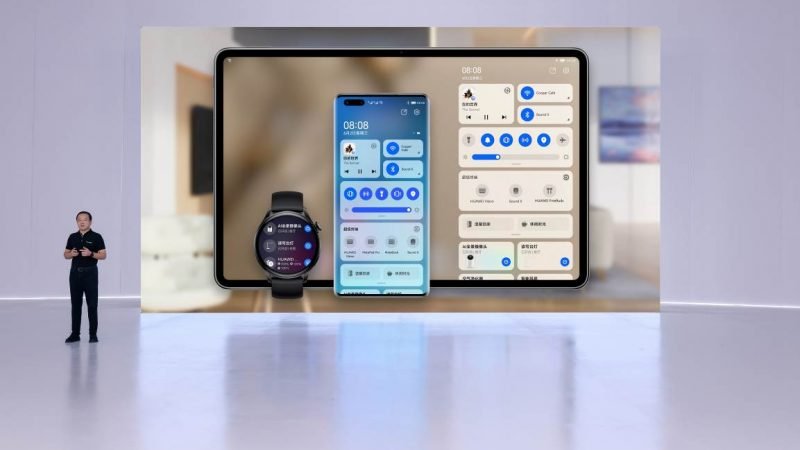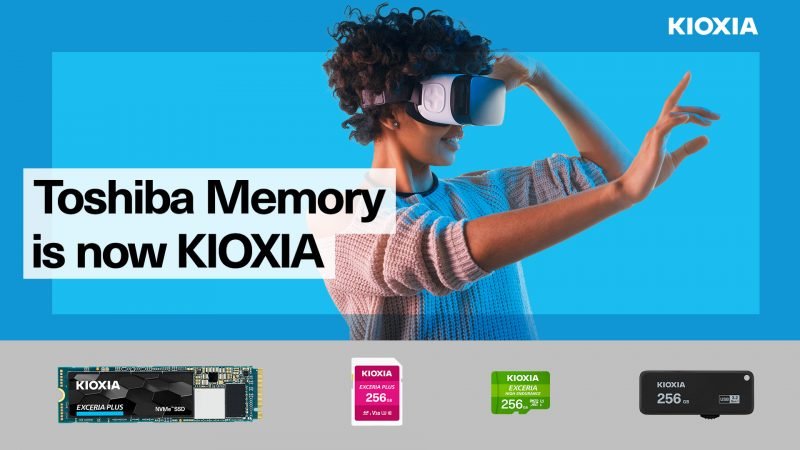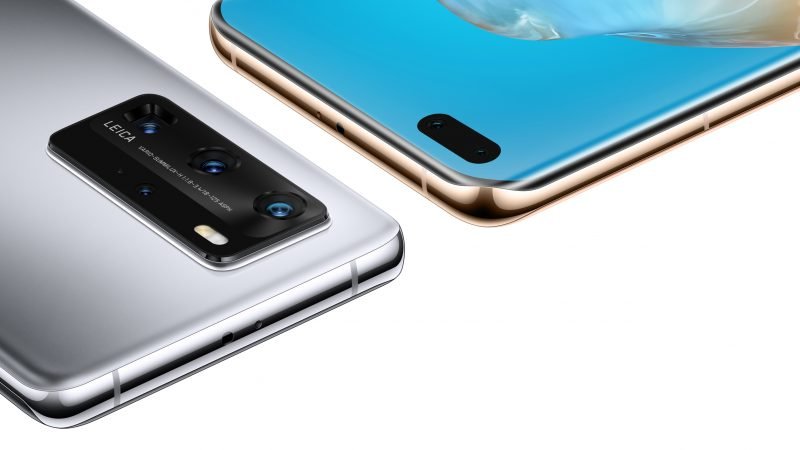Android Oreo now official – we take a quick twist, lick, dunk
 Google has released the latest version of its Android mobile operating system, which is named after the Oreo chocolate biscuits.
Google has released the latest version of its Android mobile operating system, which is named after the Oreo chocolate biscuits.
Android 8.0 was released at 19:50 BST to coincide with a solar eclipse visible on the east coast of the United States. Dubbed Oreo, this marks the second time Android has linked with a confectionery brand, the previous being KitKat, of course.
A favourite in my home as Oreos are accidentally vegan. That’s all well and good, but what does it mean of the Google mobile operating system (OS)?
 It is now up to phone manufacturers to decide whether to make the new software available on their existing devices, although many will pre-install it on their new releases.
It is now up to phone manufacturers to decide whether to make the new software available on their existing devices, although many will pre-install it on their new releases.
[youtube id=”twZggnNbFqo”]
Naturally, Google’s own Nexus and Pixel phones are expected to be the first to receive the software update. New versions of Android can be slow to roll out depending on manufacturers and networks though. Apparently, only 14% of Android devices run the previous OS, Nougat.
Oreo updates
 Firstly, Oreo adds a new ‘picture-in-picture’ mode that allows a video to be played over the top of other apps in a floating window. This puts Android in-line with manufacturers such as Samsung and LG that have modified Android to include this feature.
Firstly, Oreo adds a new ‘picture-in-picture’ mode that allows a video to be played over the top of other apps in a floating window. This puts Android in-line with manufacturers such as Samsung and LG that have modified Android to include this feature.
Android Oreo also introduces measures to help people manage the volume of notifications on their devices, which has been described as “notification diarrhoea”. Sounds messy.
App developers will now be able to split notifications into categories. This handy as you will be able to block some types of alert by category, while still receiving others.
Previously, Android users could only allow all or block all notifications from each app.
Other new features
“Smart copy-and-paste” highlights an entire address, telephone number or web addresses when people try to copy it. This should be easier than dragging those little blue arrows around.
You can limit how many system resources apps can use while they are running in the background. This offers more control over memory and battery use.
Android Oreo will also introduce a universal auto-fill system, which will allow password managers and other apps to directly fill login dialogues and other text boxes without the need to resort to accessibility features.
 Lastly, there is a redesigned set of emojis. These look more like the ones seen on Apple’s iOS. In the picture above, the old blobs can be seen on the left, the new ones on the right.
Lastly, there is a redesigned set of emojis. These look more like the ones seen on Apple’s iOS. In the picture above, the old blobs can be seen on the left, the new ones on the right.
If you’re feeling handy, the Android 8.0 system images are up for the Pixel, Pixel XL, Pixel C, Nexus 5X, Nexus 6P, and Nexus Player.






